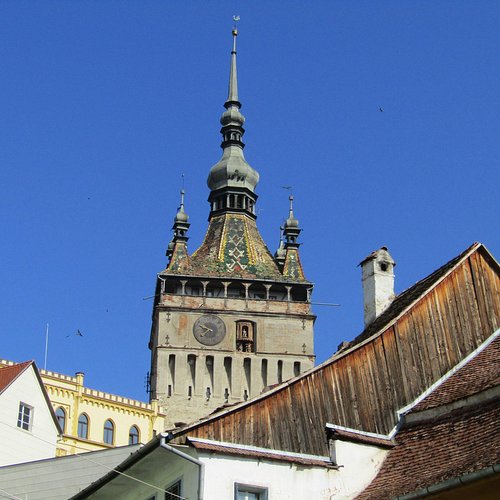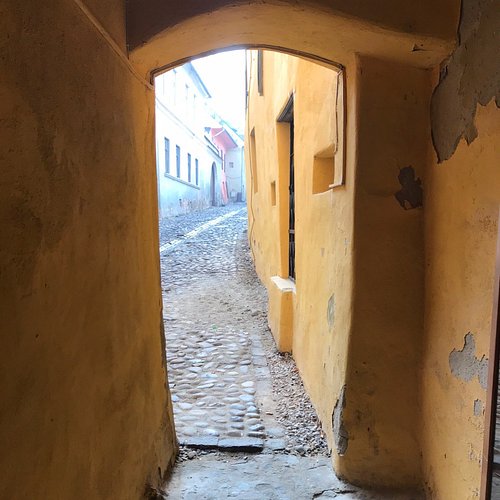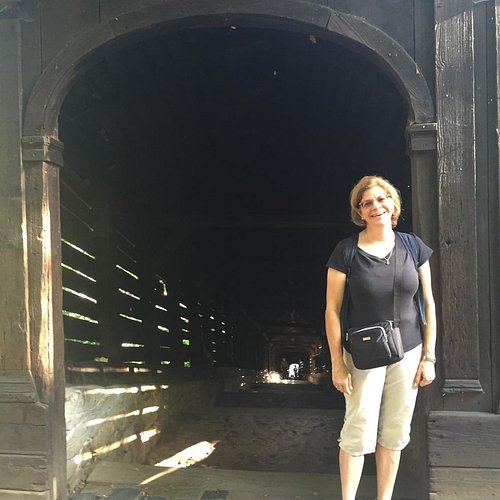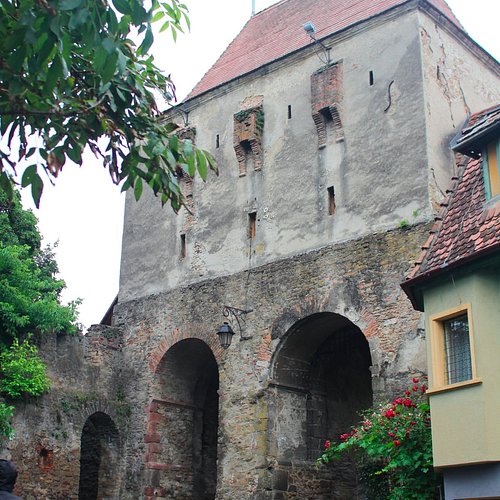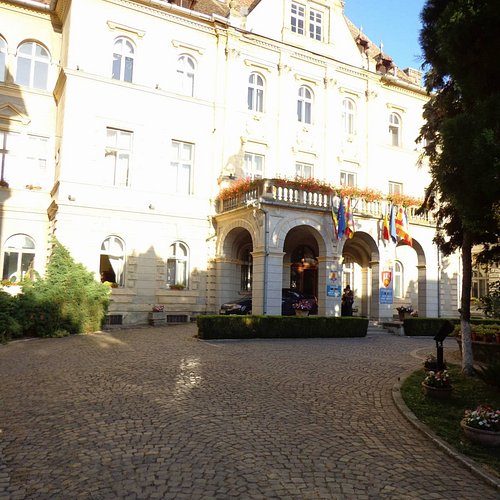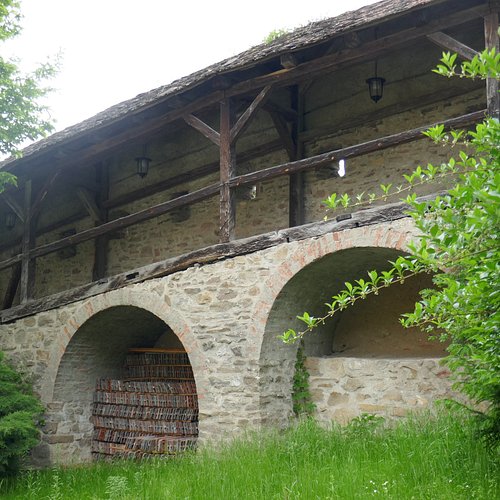Top 10 Points of Interest & Landmarks in Sighisoara, Transylvania
The clock tower of Sighisoarais the grand dame of the city, reigning tall and proud from atop a central hill. Founded by Transylvanian Saxons during the 12th century, Sighisoara is listed as a UNESCO World Heritage Site and features well-preserved medieval stone streets and structures. Visit fortified churches, climb the famed Scara Şcolarilor covered staircase, and get goosebumps at the birthplace of Vlad the Impaler, the inspiration for Bram Stoker’s terrifying creature, Count Dracula.
Restaurants in Sighisoara
1. Sighisoara Clock Tower
Overall Ratings
4.5 based on 909 reviews
Reviewed By mirunavrn - Bucharest, Romania
The Clock Tower is emblematic for the city. It is currently housing the History Museum of Sighisoara, where visitors can learn about the history of the city and see various well preserved objects and artifacts from different centuries. You can also go up and have an overview of the city.
2. Sighisoara Historic Center
Overall Ratings
4.5 based on 1,577 reviews
Reviewed By carolas936 - Marietta, United States
Sighisoara is an outstanding example of a small fortified city in the border region between the Latin-oriented central Europe and the Byzantine-Orthodox culture of south-eastern Europe. Castle walls enclose a steep plateau hill overlooking a bend in the Tirnava river (traces of occupation trace back to the Paleolithic period). Sighisoara was built in the 12th century by German craftsmen and merchants who were ordered by Hungarian rulers to colonize Transylvania to protect the Carpathian border against the Mongols. These Saxon settlers occupied City Hill; the town grew as a regional trading center, defensive outpost and transportation hub. Following the Mongolian invasion of 1241, the fortified settlement was reinforced with stone walls and guard towers surrounding the entire plateau. The town, known in 1280 as Castrum Sex, developed commercial activities thanks to the powerful guilds of craftsmen. Each guild was responsible for the construction of a tower and its defense. The town obtained the title ‘Civitas’ in 1367 and became an important trading and defensive center in Transylvania. Sighisoara heightened its walls between 1421 and 1526 in response to threatened Turkish invasions. During the 17th century, the population was reduced by almost half from two plague epidemics. Fires damaged the lower town in 1676, 1736 and 1788, floods in 1771, and an earthquake in 1838. Despite this, the area within the castle walls has rebuilt and kept its original medieval architecture, with narrow cobbled streets lined with rows of houses. Three main streets run roughly north-south, crossed by passages and alleyways. Houses are mostly two or three stories, the simple homes of craftsmen, built from stone or brick, covered in colored stucco, roofed with tiles, with a narrow facade along the street and an L- or U-shaped layout. Wandering the cobbled streets between medieval houses gave me a sense of what it would be like to live in a fortified castle. Sighisoara Historic Center was listed in 1999 as a UNESCO World Heritage Site. It is accessible at all times with no entry fee.
3. Piaka Muzeulu
4. Strada Tamplarilor
Overall Ratings
4.5 based on 4 reviews
Reviewed By 92662 - Newington, United States
A charming medieval town over 600 years old. Birthplace of Vlad Dracul,, his house still standing. A must see.
5. Scara Acoperita-Covered Stairway
Overall Ratings
4.0 based on 402 reviews
Reviewed By 1506Andrei_T
A symbol of Sighisoara. To reach the Church on the Hill you must climb! ???? But after that, you'll see it wasn't for nothing. Great view of the town and... you did some sport up and down the stairs.????
6. Catherine's Gate
Overall Ratings
4.0 based on 18 reviews
Reviewed By nitrotina - Paola, Malta
It is worth visiting this town on the hilltop. It is really ancient and although tiny there is still a lot to interest you most of all Catherine's gate.

